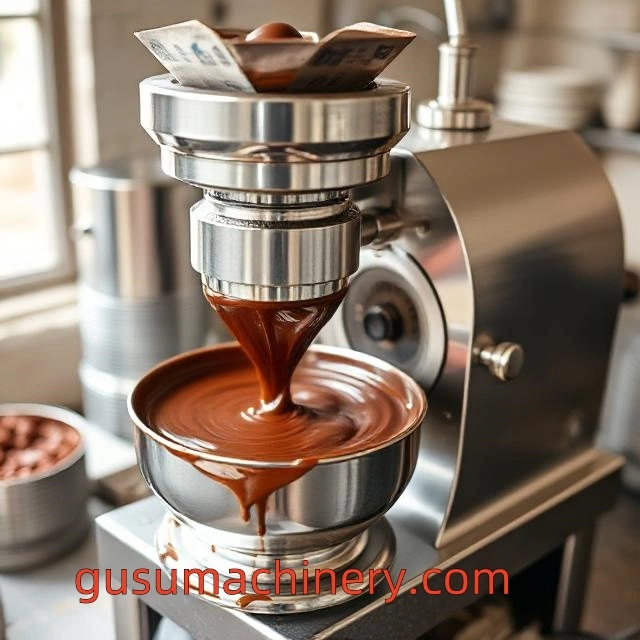Related Blogs
Why Do Manufacturers Choose Gusumachinery Energy Bar Line Systems
4 minutes, 31 seconds
-20 Views 0 Comments 0 Likes 0 Reviews

Energy Bar Line optimization has become a key topic in confectionery and nutrition bar production, especially as factories continue searching for reliable ways to maintain uniformity, texture, and shape. When ingredients such as grains, nuts, syrups, and nutritional additives come together in a single bar, the process must balance heat, pressure, and cutting precision. Every step influences both the final structure and the consumer's experience. That is why factories increasingly examine specific performance factors before making equipment decisions.
A modern bar production setup requires much more than simple forming and slicing. The system must handle sticky binders, ingredient variations, and delicate toppings without creating unnecessary waste. When cutting is not uniform, shapes may vary and lead to difficulties during wrapping. When forming pressure is unsteady, bars may crumble or become too hard. These challenges lead manufacturers to assess entire workflow designs rather than buying equipment solely for a single function.
Production consistency is influenced by how ingredients move along the line. Different mixes respond differently to heating, cooling, and compression. If temperatures are not controlled evenly, the binders set too early or too late, affecting the product's shape. The way a line handles layering, pressing, and coatings can determine whether the final bar holds together or develops cracks later in packaging or shipping. These factors make continuous, balanced processing essential for nutritional snacks.
Automation in bar production is not just about speed. The right automation strategy allows predictable outputs, fewer manual adjustments, and improved sanitation. A system that is easy to clean can lower contamination risk and shorten downtime. Removable parts, clear access to belts, and hygienic surfaces help factories maintain reliable production schedules. As product diversification becomes more common, this convenience becomes increasingly valuable.
Ingredient variety plays a large role in selecting machinery. Bars with seeds, nuts, or delicate grains require consistent pressure to avoid crushing sensitive components. Syrup thickness affects how smoothly material spreads during forming. Even small adjustments can lead to significant differences in the finished product. Producers may test multiple formulations before scaling up. A versatile line allows transitions without expensive changes or complex calibration.
Gusumachinery designs equipment with attention to shape stability and workflow continuity, supporting facilities that produce nutrition bars on a regular basis. Practical system layouts help reduce manual transfers, which can minimize surface damage or ingredient drop-off. Instead of relying heavily on operators to correct imperfections, the line aims to deliver consistent shaping and cutting automatically. This supports factories as they scale production and introduce new bar styles.
Energy bar producers today are influenced by market trends, health demands, and packaging expectations. Uniformity is not only about visual appeal but also about managing product weight and consumer trust. When bars are formed consistently, packaging becomes smoother, and distribution becomes easier to plan. As a result, a dependable production line becomes an essential part of long-term planning rather than a short-term purchase.
Choosing a system that balances stability with flexibility can help factories respond to market changes confidently. A system that supports different ingredient densities and textures allows a business to adapt quickly. This approach helps producers remain competitive in an environment where nutrition and flavor trends shift frequently.
Visit the production solution page here https://www.gusumachinery.com/news/industry-news/are-energy-bar-lines-really-effective-and-efficient.html






Share this page with your family and friends.